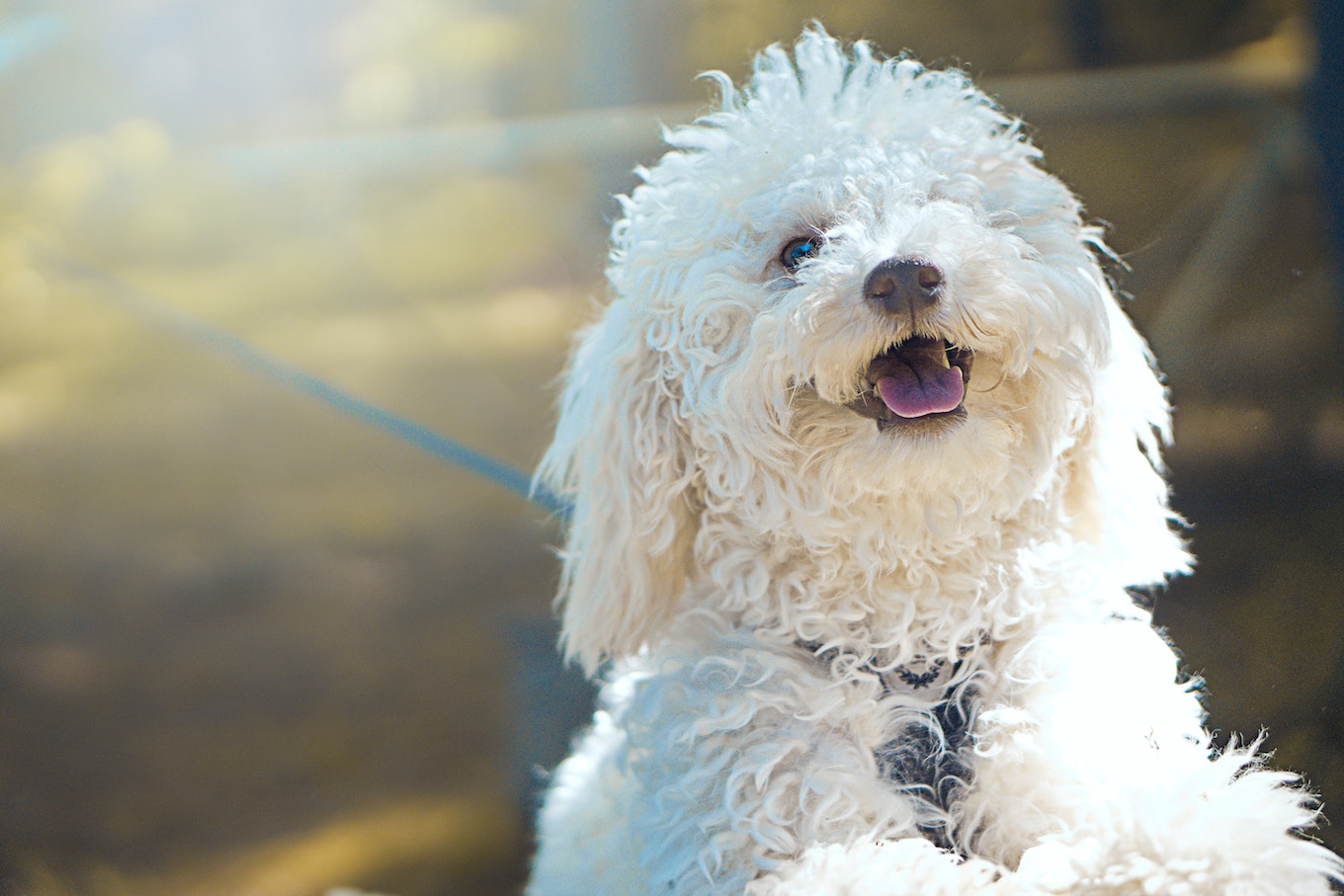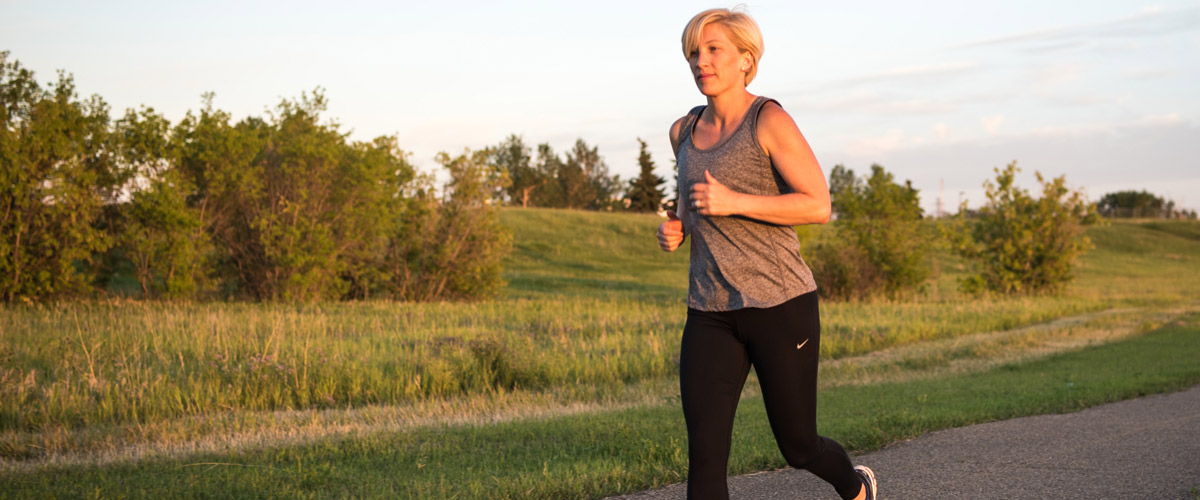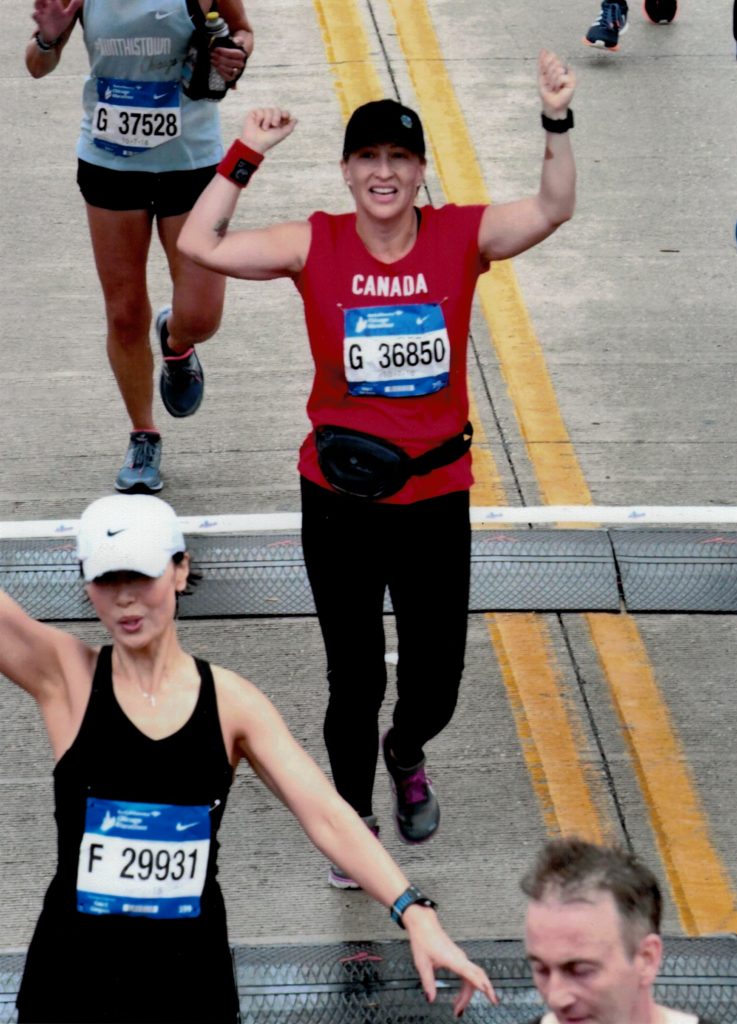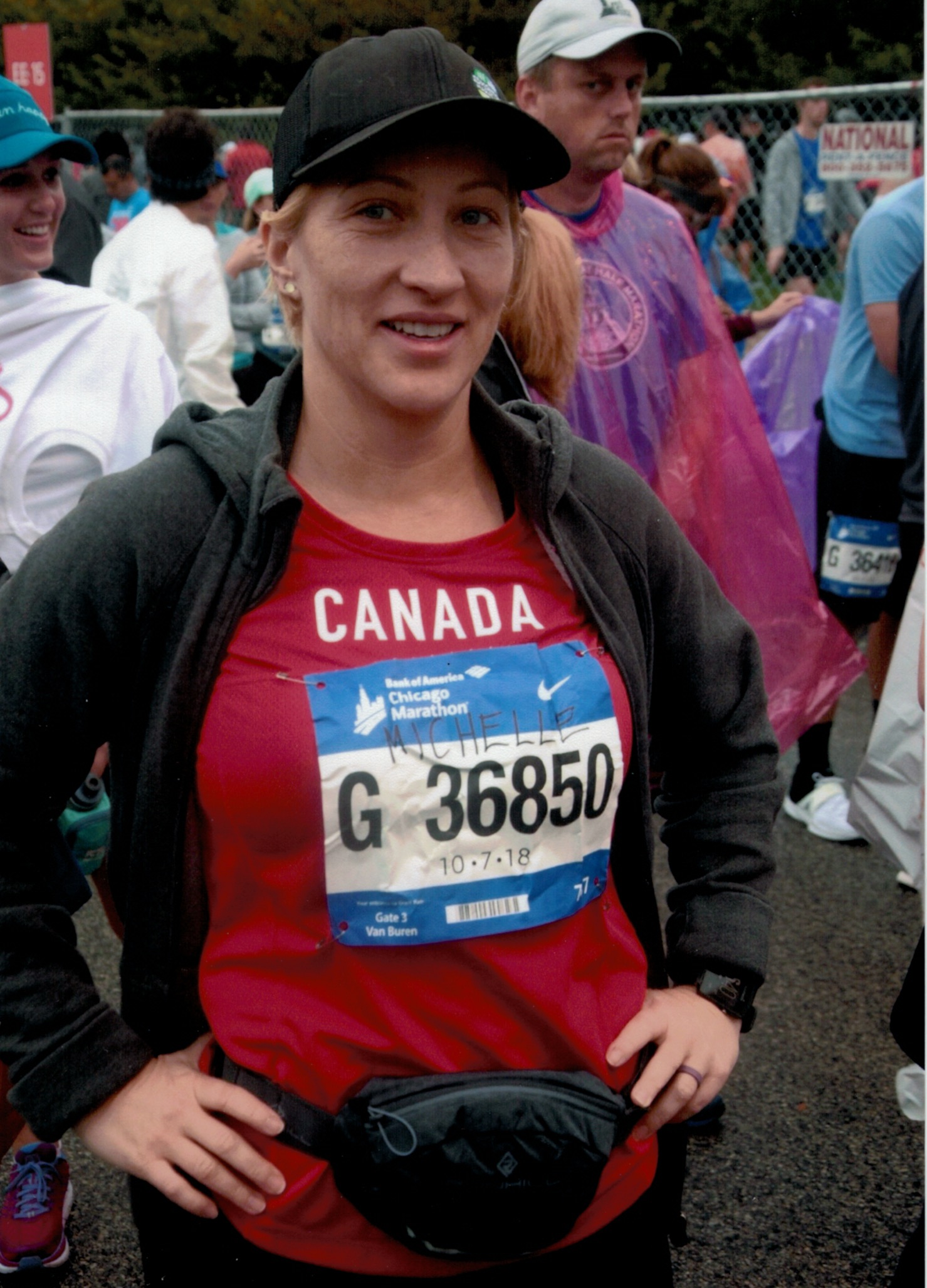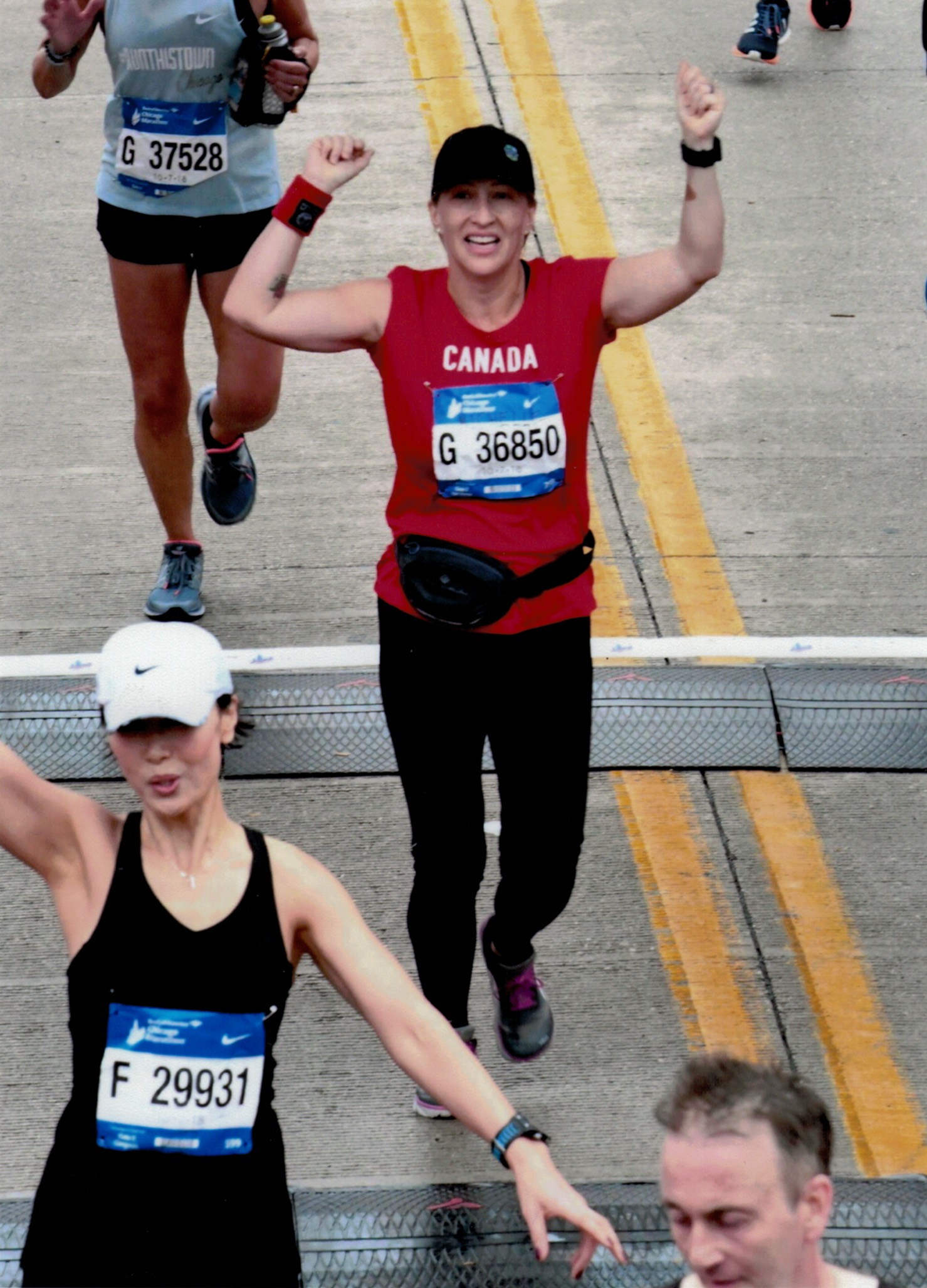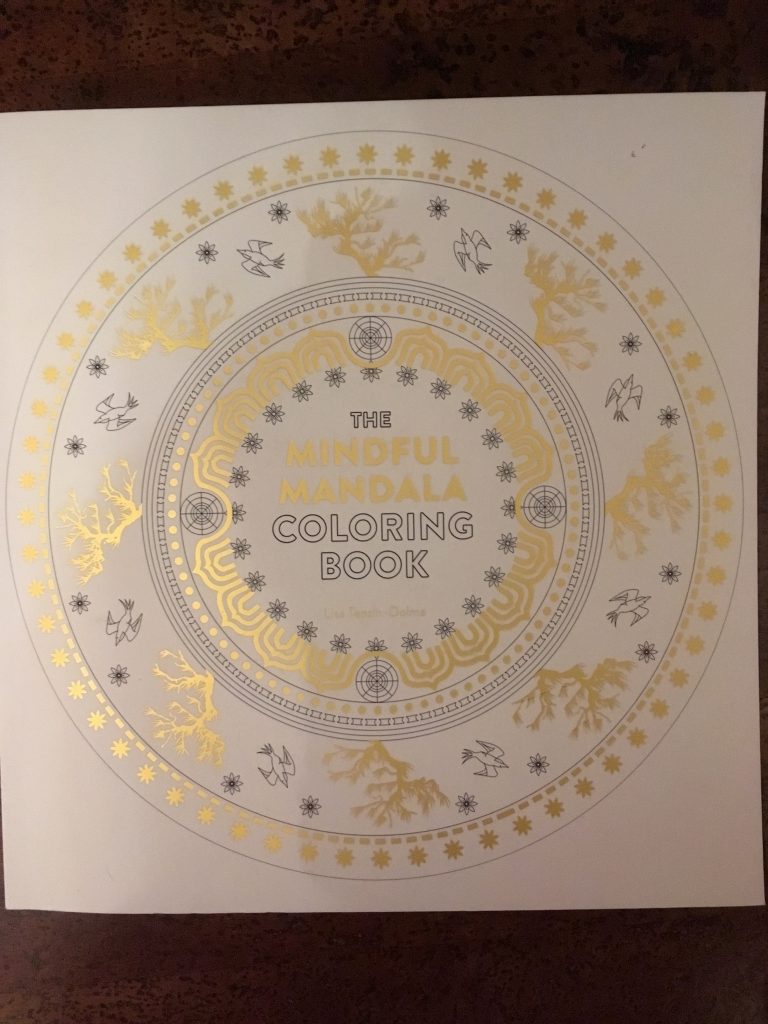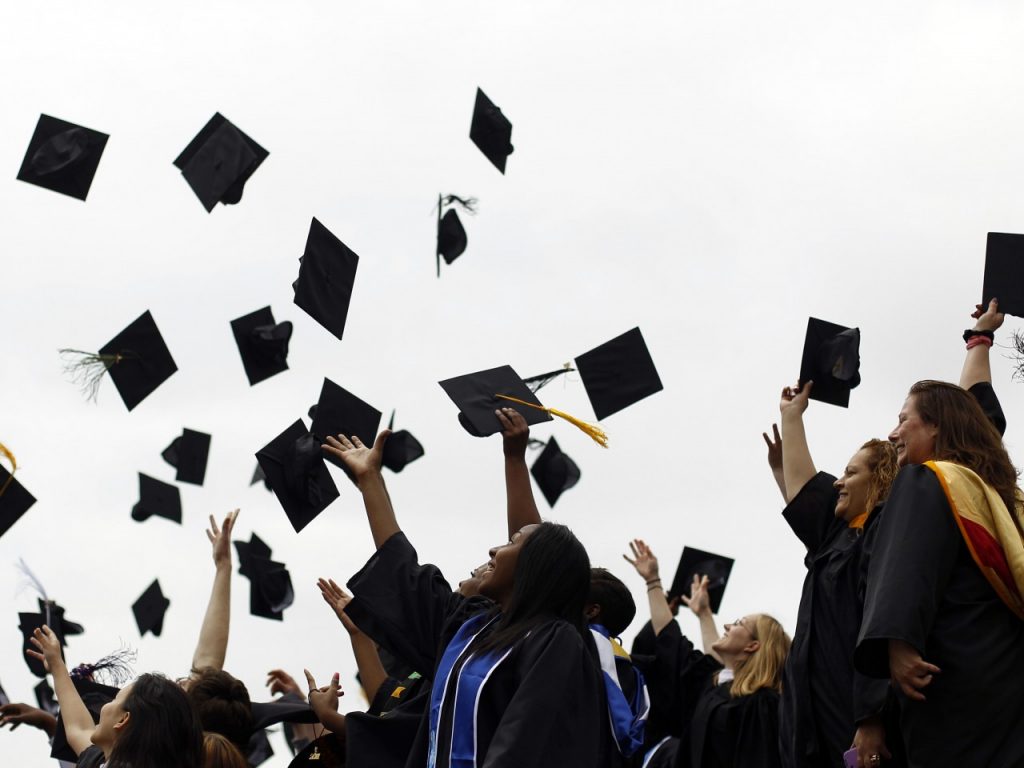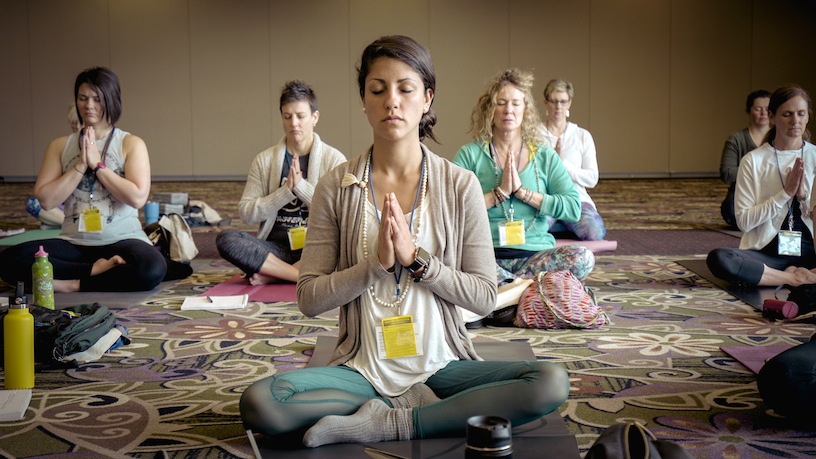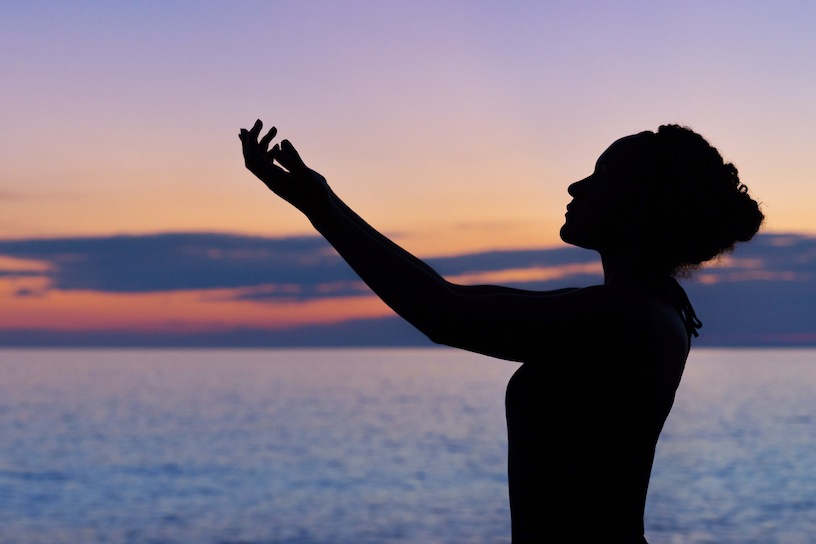I am so fortunate to live in an active community with plenty of safe pathways to explore by foot, bike, scooter or otherwise. The majority of my use is for running. I always see other people out walking or running either alone or with friends or family of all ages. While we are not a family which owns a dog a lot of others are and therefore we’re sharing the walkways.
As a runner I am always nervous when someone approaches me with their dog; are they a responsible owner? Is it a well behaved dog? The size of the dog doesn’t matter I am cautious of all dogs. I have been bit a couple of times (very minor it never broke the skin) and they were both small dogs. I would feel better if owners thought not only of the safety of others but their feelings of security as well. Remember these are shared pathways.
1. If the area is not designated as off leash, why do you think the rule doesn’t apply to you? You could get a fine. Your dog may act out of character. Your dog could get hurt. Your dog is no longer under your control. Other people do not know you or your dog so therefore do not feel safe (regardless of the dog’s size).
2. Please do not use retractable leashes. They are not the strongest leash. When they are extended out to their max capacity; those dogs can be very far from their owners and are no longer under the owner’s control – you cannot retract the dog with the leash.
3. In these parts we drive on the right side of the road therefore we also walk on the right side of the sidewalk. If I’m approaching from my right you should be on the other side of the sidewalk regardless of where your dog may want to be at that time.
4. Further to number three; please have your dog on the outside and not the inside of the sidewalk when you are passing other users. I would rather have you between your dog and myself and not be in contact with your dog.
5. Please be aware of your surroundings at all times. I may come up behind you and your dog. If you can’t hear me you can’t move your dog out of the way in time. Also, your dog may be startled and act out in fear.
I will say, for the most part dog owners are very responsible about picking up after their dogs. I rarely see evidence of dog waste not being picked up. Kudos on that part and thank you.
Signed,
A cautious runner
